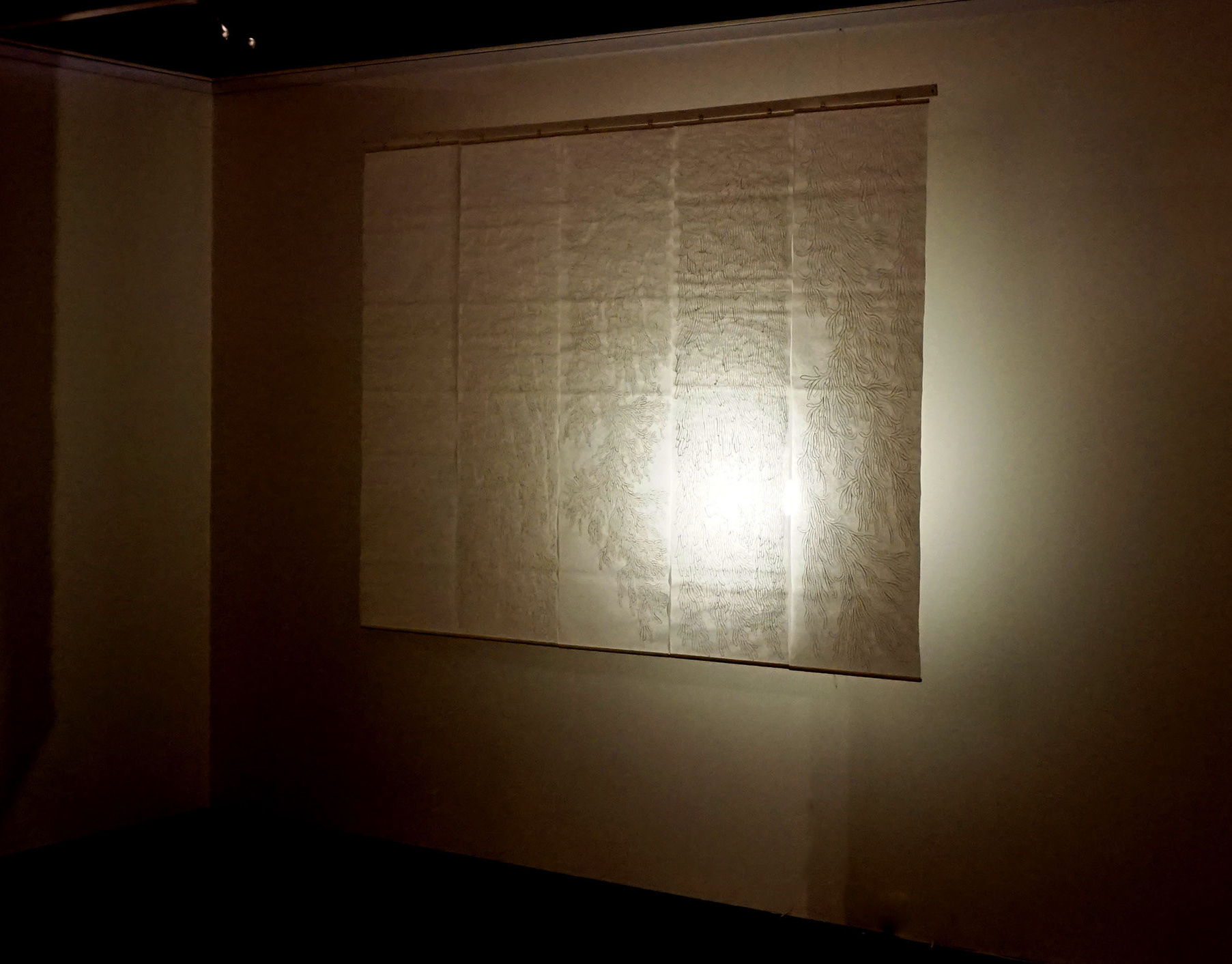In a scroll book there is no limit to the width of the page. This means that a picture scroll can have long or short drawings. When a picture scroll is spread wide, more can be seen at once than in a booklet. Spreading the picture horizontally also creates continuity, dynamism and power. It can be seen as a cinematic technique where the camera moves and follows. Scrolls developed into their own form of storytelling in Japan. In Europe, scrolls continued to be used for special purposes, such as laws and sacred texts, even after the popularisation of the book form.
Scrolls have the disadvantage that it is not possible to quickly find or see the part of the book you want to look at. They also have the complication of having to be rewound after viewing. These are probably the reasons why books are now mainly in booklet form.
I believe that if a container /a device can be created that is easy to rewind and can preserve the scrolls, then picture scrolls will be re- appreciated.Therefore I developed a new scroll books!
The container for holding the scroll was made using 3D printers. The story was printed by Linoleum cut. (Art project: Light on Labs, Den Bosch NL)
Scrolls have the disadvantage that it is not possible to quickly find or see the part of the book you want to look at. They also have the complication of having to be rewound after viewing. These are probably the reasons why books are now mainly in booklet form.
I believe that if a container /a device can be created that is easy to rewind and can preserve the scrolls, then picture scrolls will be re- appreciated.Therefore I developed a new scroll books!
The container for holding the scroll was made using 3D printers. The story was printed by Linoleum cut. (Art project: Light on Labs, Den Bosch NL)
Photo: Marcel de Boek









